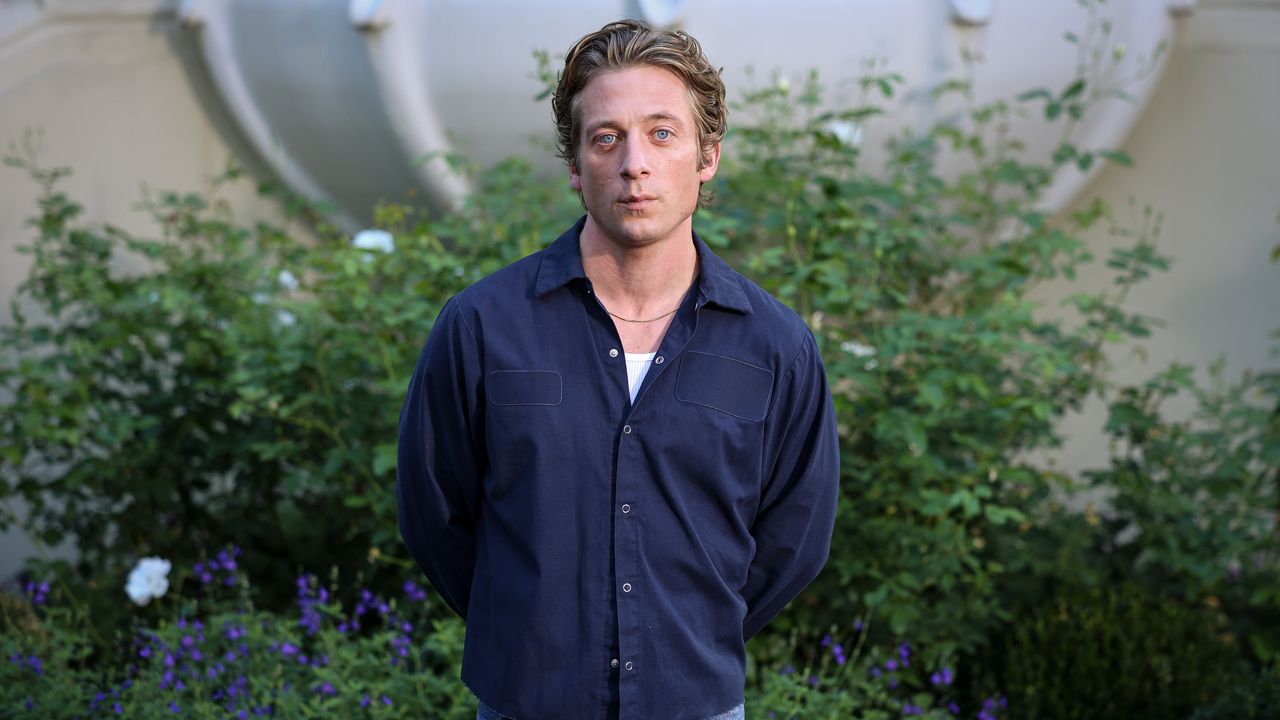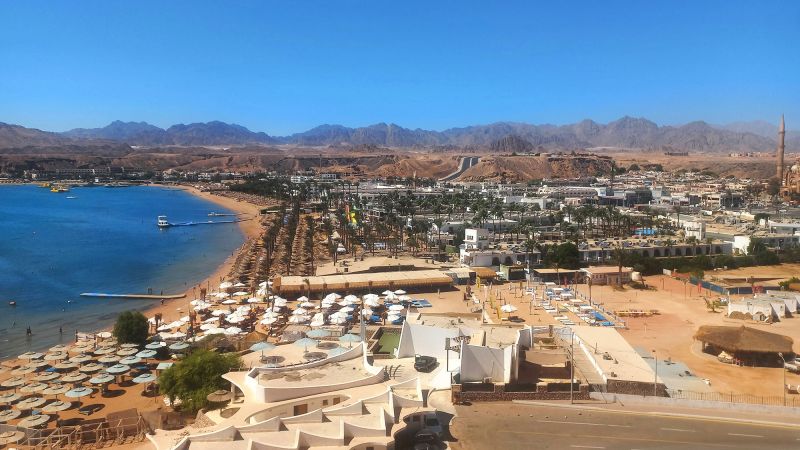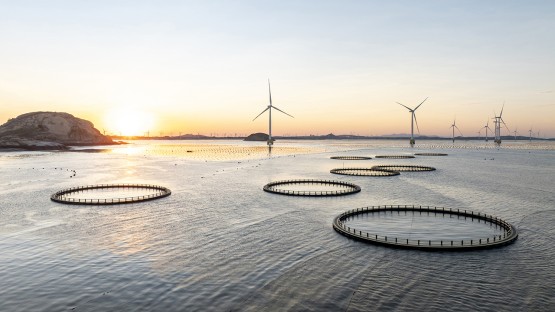- PPP, PML-N should resolve issues, move forward: Rana Sanaullah Dawn
- Why are PPP and PML-N currently feuding? Dawn
- Maryam vows to keep speaking for Punjab The Express Tribune
- PM Shehbaz summons senior party leaders to ease tensions with PPP Dunya…
Blog
-
PPP, PML-N should resolve issues, move forward: Rana Sanaullah – Dawn
-

Follow Jeremy Allen White’s Lead and Chop the Hem Off Your Work Shirt
Kincaid Archive isn’t really a fashion brand in the traditional sense. It’s more of a nirvana for thrifty types—part store, part archive, part insider secret. Ryan Gosling’s coat? Cillian Murphy’s belt? Both from there. It’s the kinda…
Continue Reading
-

Live updates: Gaza ceasefire talks resume in Egypt as Israel intercepts another aid flotilla
Arab nations have condemned far-right Israeli minister Itamar Ben Gvir after he prayed at Jerusalem’s most sensitive holy site today, despite a decades-old…
Continue Reading
-

Vitiligo Disease Duration Linked to Depression Severity | Dermatology Times
Emotional distress, including anxiety, depression, and stress, is prevalent among patients with vitiligo, often exacerbating disease perception and treatment adherence.1 While physical activity (PA) is known to mitigate psychological symptoms in…
Continue Reading
-

TAG Heuer × New Balance Connected Calibre E5
For more than a century, sport has been the crucible in which the art of timekeeping was forged into science. The earliest wrist chronographs were built to time laps on racetracks and record splits at marathons. From the first Olympic…
Continue Reading
-
MindRhythm’s Harmony for Prehospital Large Vessel Occlusion Stroke Identification Submitted for FDA Clearance – HMP Global Learning Network
- MindRhythm’s Harmony for Prehospital Large Vessel Occlusion Stroke Identification Submitted for FDA Clearance HMP Global Learning Network
- What If Stroke Diagnosis Started in the Ambulance? The Role of Portable Technology in Accelerating LVO…
Continue Reading
-

Spotify and ELLE Debut ‘Three Generations,’ a Bold New Series Bridging Women in Music — Spotify
Spotify’s commitment to supporting women in music spans genres, generations, and cultures. This week, we’re excited to announce a new chapter in our partnership with ELLE: Three…
Continue Reading
-
Females carry higher genetic risk of depression: study-Xinhua
SYDNEY, Oct. 8 (Xinhua) — An Australian-led study has found that women carry a significantly higher genetic risk of depression compared to men.
The study revealed for the first time important genetic differences in how females and males…
Continue Reading
-

Cornell software advances design of offshore structures
A Cornell doctoral student has developed an open-source software package that could transform how engineers design floating offshore structures for renewable energy and other ocean applications.
Kapil Khanal, a doctoral student in the field of systems engineering, is lead author of a study in Applied Ocean Research describing a “fully differentiable boundary element solver” that uses modern computational techniques to deliver fast, precise analysis of wave-structure interactions. The software package is called MarineHydro.jl.
This solver allows engineers to test how small changes in a design of an offshore structure, such as altering the diameter of a floating platform or changing the spacing between floating platforms, will affect performance, without having to build multiple prototypes or running time-consuming simulations.
“Traditional simulation tools came out of the offshore oil and gas industry in the 1970s and ’80s,” Khanal said. “They perform well for oil and gas platforms, but when we look at new devices like wave-energy converters or floating wind turbines, the old methods don’t really capture the challenges we need to address today.”
Existing software can model how a design behaves when in waves, but recalculating for every parameter change is computationally expensive. Khanal’s software integrates reverse-mode automatic differentiation – a technique widely used in machine learning – directly into the hydrodynamic solver.
“When you run the simulation once, the software gives you not only the performance of the system as it is but also how that performance changes if you tweak any of your inputs,” Khanal said. “You get all the sensitivities at once without having to run multiple simulations.”
Khanal compares it to taking a single bite of a dish and knowing instantly how the salt, the spice, the lemon and the garnish shaped the flavor without having to taste the dish ingredient by ingredient.
The solver has already been applied to model interactions among floating spheres and to optimize the layout of wave-energy converters, and the tool’s flexibility will be useful as engineers experiment with other novel, offshore systems.
“For some newer technologies like wave-energy converters and hybrid symbiotic systems, there isn’t one agreed-upon base design yet,” Khanal said. “It depends on the application, and there’s a need for software that can handle that diversity of designs.”
MarineHydro.jl is supported by Sandia National Laboratories, which is funding its continued development. Khanal built the solver in Julia, a programming language gaining traction in engineering circles for its speed and interoperability. The solver is open source and is already attracting interest from researchers and engineers.
“It already has about 20 stars on GitHub, with people using it from Brazil, Virginia Tech and Europe,” Khanal said. “That’s been exciting. It shows my Ph.D. research produced a tool people can actually use.”
The study’s senior author is Maha Haji, visiting assistant professor in Cornell’s Sibley School of Mechanical and Aerospace Engineering and an assistant professor at the University of Michigan.
This project was funded by grants from the U.S. Department of Energy’s Seedling and Sapling Program.
Chris Dawson is a communications coordinator for Cornell Engineering.
Continue Reading
